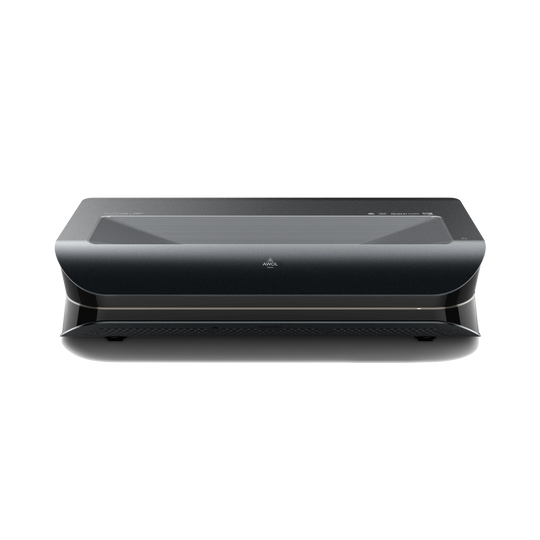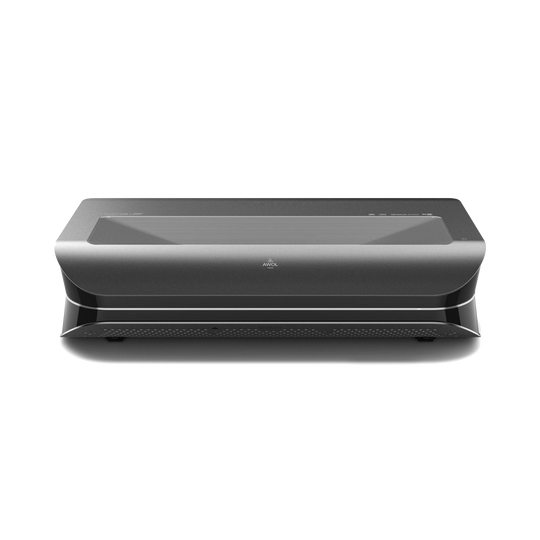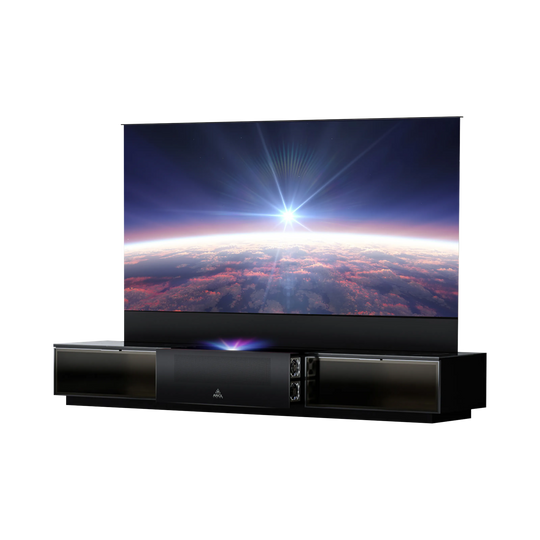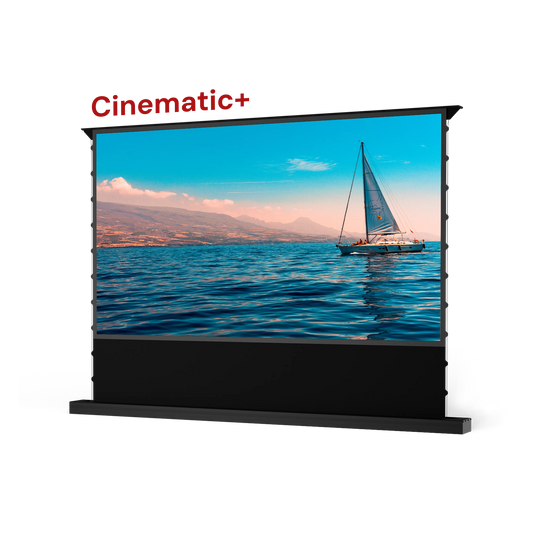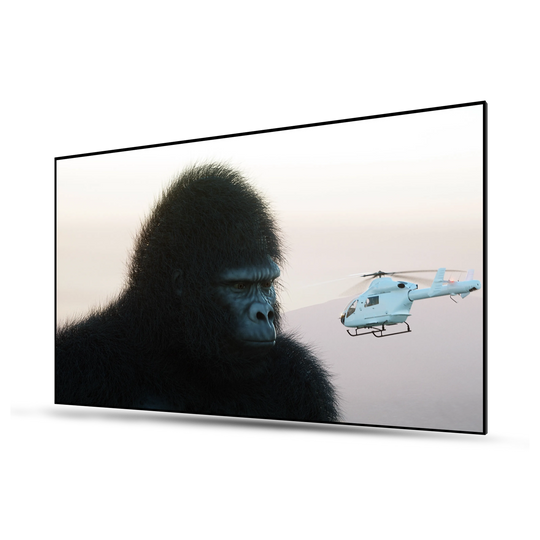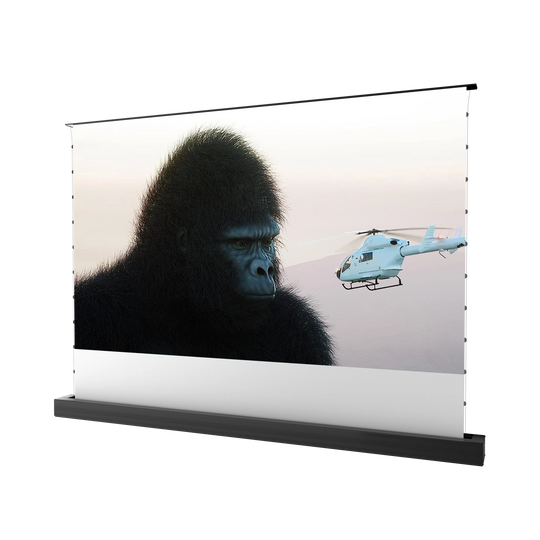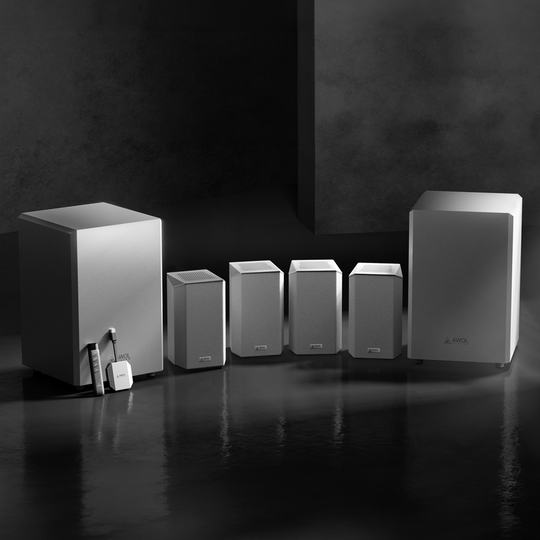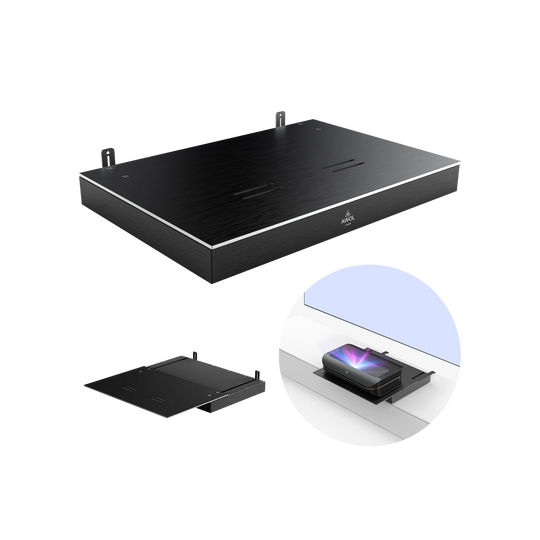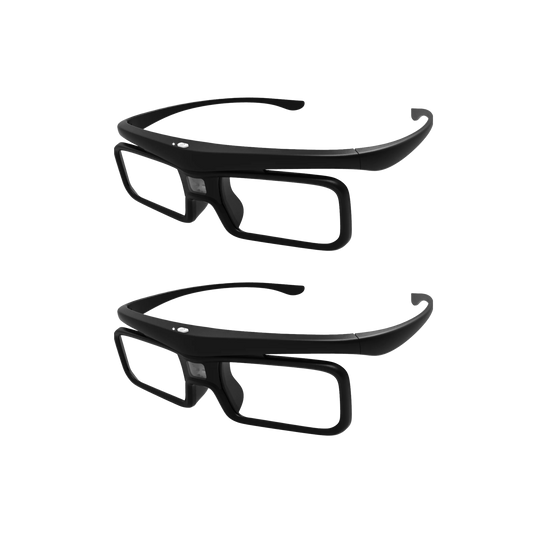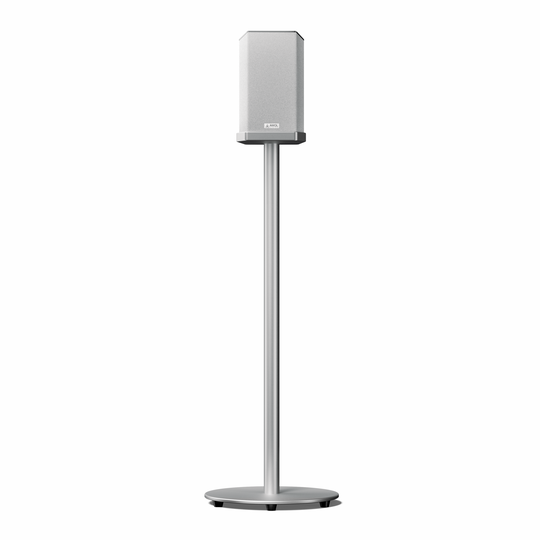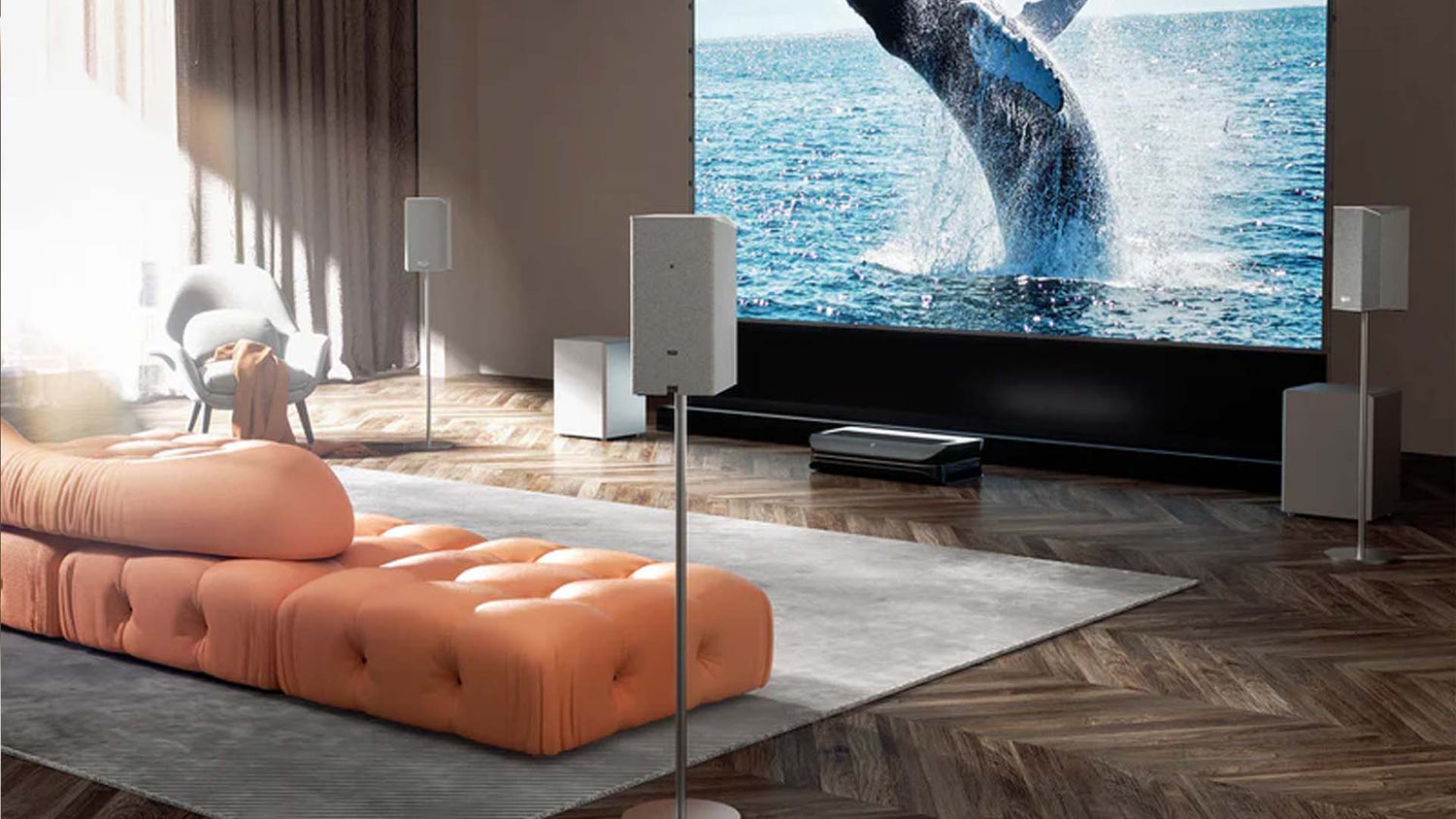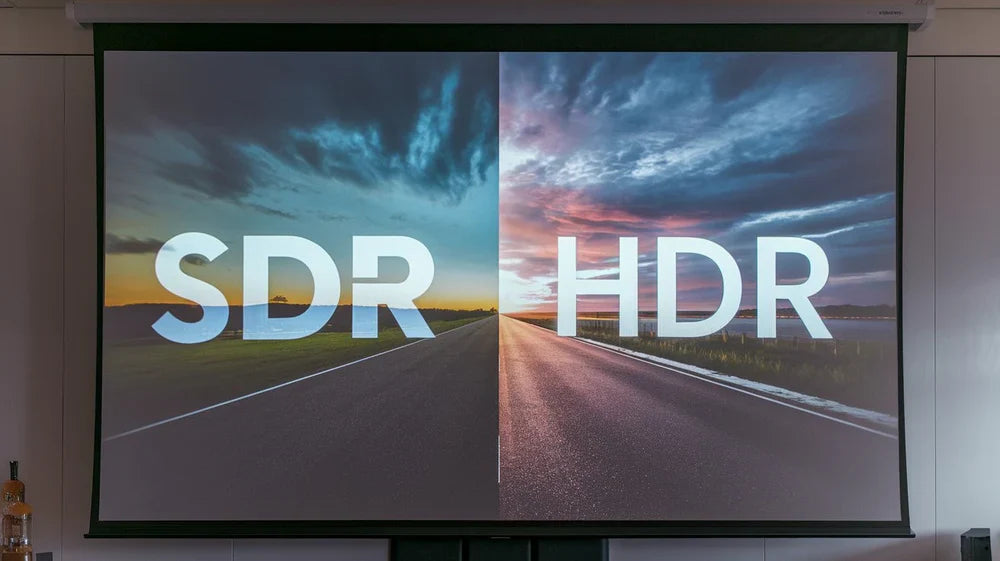The dream of having your own cinema – a huge, razor-sharp image that completely immerses you in the action. This dream is more accessible today than ever before. But with the abundance of new technology, a crucial question arises: Is the financial leap from a proven Full HD device to a modern 4K projector really worth it?
This guide looks behind the marketing buzzwords. We will explore the two technological pillars of modern projection – Resolution (4K) and Light Source (Laser) – systematically deconstruct. The goal is to equip you with the solid knowledge you need to make an informed and suitable decision for you.
What does the 4K projector really offer?
A 4K projector offers a significant improvement in four key areas and transforms simply watching a screen into a true cinema experience. Primarily, it delivers:
-
1. Extreme attention to detail and clarity: With over 8 million pixels – four times as many as Full HD – the image is incredibly sharp. This eliminates the so-called "screen door effect" (the visible pixel grid), resulting in a smooth, film-like picture, especially on large screens.
-
2. Improved Color and Depth (HDR): Beyond pure sharpness, 4K projectors support High Dynamic Range (HDR), which provides brighter lights, more detailed shadows, and a wider range of vibrant, true-to-life colors. This noticeably enhances the realism and "pop" of the image.
-
3. Future-proof technology: 4K is the established standard for high-quality content, whether on major streaming services (Netflix, Disney+), modern gaming consoles (PS5, Xbox Series X), or physical media (4K UHD Blu-ray). An investment in 4K ensures compatibility for the coming years.
-
4. True Cinematic Immersion: The high resolution maintains its integrity even at huge screen sizes of 100 to 150 inches (approx. 2.5 to 3.8 meters) and beyond. This enables an immersive effect that a television simply cannot replicate.
Column 1: Decoding 4K Resolution
1. More than a Name: UHD vs. DCI 4K
Although the term "4K" is ubiquitous, in the home sector it refers to the standard Ultra High Definition (UHD) with a resolution of 3840 x 2160 pixels. Since this corresponds exactly to four times the Full HD resolution, upscaling of content is simplified. To be distinguished from this is the slightly wider DCI 4K standard (4096 x 2160 pixels), which is used in the professional cinema sector.
2. The core difference: How the 8.3 million pixels are generated
Technologie A: Native 4K
This technology, used in premium home theater projectors, utilizes an image chip that features a physical grid of 8.3 million individual pixels. This is the most direct and purest method of producing a 4K image. However, the complex and error-prone manufacturing process for these large, flawless chips results in a significant price premium.
Technologie B: Advanced Pixel-Shifting (4K-Enhancement)
This clever and widely used technology employs a chip with a lower resolution (usually 1920x1080) and a highly precise actuator. This shifts the chip multiple times per frame in a fraction of a second (e.g., diagonally by half a pixel width). The human eye integrates these rapidly successive, overlapping images into a single, high-resolution overall image. This method is so effective that it is certified as "True 4K UHD" by the Consumer Technology Association (CTA) and enables projectors at a significantly more accessible price.
Pillar 2: The Revolution of the Light Source (Lamp vs. Laser)
1. The disadvantages of traditional lamps
Classic projector lamps have significant disadvantages: a short lifespan (2,000-6,000 hours) with high replacement costs, long warm-up and cool-down phases, as well as high heat generation with loud fans. However, the most critical point is: the brightness decreases rapidly and non-linearly. A lamp can up to 25% of their original brightness lost within the first 500 hours, which noticeably changes the image quality over time.
2. The Advantages of Laser Illumination
Laser light sources solve these problems. They offer an extremely long lifespan of 20,000 hours or more and are virtually maintenance-free. Their key advantage is the slow and linear brightness decline, which allows a much more consistent image performance guaranteed over the entire service life. In addition, they enable a immediate operational readiness (Instant On/Off), allowing a projector to be used like a television – a key requirement for modern "lifestyle" concepts.
3. How Laser Light Works (Simplified)
-
Single-Laser Phosphor: This is the most common design. A blue laser excites a rotating wheel coated with phosphor to produce yellow light. This is split into red and green light components and combined with the original blue light to create a white overall light.
-
Triple Laser (RGB): This is the most advanced design. Three separate lasers for red, green, and blue create the image. This method requires no color or phosphor wheels, resulting in extremely pure colors and the largest possible color gamut. For example, devices like the AWOL Vision LTV-3500 Pro exactly this technology to achieve an impressive color result of 107% of the BT.2020 color space to achieve.
Beyond the Basics: Specifications That Really Matter
1. Brightness: ISO Lumens and Reality in Cinema Mode
Pay attention exclusively to standardized brightness specifications such as ISO lumen (according to ISO 21118 standard). Do not ignore non-standardized marketing terms. Note the crucial practical tip: The maximum brightness of a projector is achieved in the color-wise least accurate mode. In the calibrated "Cinema" or "Filmmaker" mode, the actual brightness can be 40–50 % lower fail. A higher initial ISO lumen value provides more reserves for a bright and powerful image after calibration.
2. Contrast: Native vs. Dynamic
The native contrast is the inherent contrast performance of the image sensor and the most important indicator of image depth and detail richness in dark scenes. The dynamic contrast is often purely a marketing value, artificially increased by technical tricks such as a mechanical iris diaphragm or laser dimming, and says less about the typical image performance.
3. The World of Colors: Rec.709, DCI-P3, and BT.2020

-
Rec.709: The standard for HDTV and regular Blu-rays.
-
DCI-P3: The extended color gamut of digital cinema and 4K UHD content. A coverage of over 95% of the DCI-P3 color gamut ist das Ziel für eine authentische 4K-HDR-Wiedergabe.
-
BT.2020: The forward-looking standard with an extremely wide color gamut. A projector's ability to cover a high percentage of BT.2020 is a sign of its technological capability. High-end UST projectors like the AWOL Vision LTV-3500 Pro can even cover this demanding standard by over 100% thanks to their triple-laser engine, ensuring an exceptionally rich color display.
The HDR Mandate: Why Dynamic HDR Is Crucial
1. The Problem: Tone Mapping with Limited Brightness
Projectors have a significantly lower brightness (luminance, measured in nits) than modern televisions. When they receive an HDR signal created on an extremely bright professional monitor, they have to compress this huge brightness range to their own limited capabilities. This process is called "Tone Mapping" genannt.
2. The Solution: Static vs. Dynamic Metadata
-
Static HDR (HDR10): Sends metadata only once for the entire film. This forces the projector to make a compromise, which often results in an overall image that is too dark or highlights that are overexposed.
-
Dynamic HDR (Dolby Vision, HDR10+): Sends new instructions for each scene or even each individual frame. This allows the projector to perform its tone mapping to optimize in real time. For projectors, this is a critical feature to produce a consistently convincing HDR image. For this reason, powerful devices such as the AWOL Vision LTV-3500 Pro Place value on supporting all important dynamic formats, including Dolby Vision and HDR10+.
Space and Screen: The Foundation for a Perfect Picture
1. The Placement Decision (The Projection Distance)
-
Standard/Long Distance (Ratio >1.5:1): Requires a lot of space, ideal for ceiling mounting in a dedicated home theater.
-
Short distance (ratio 0.4:1 - 1.0:1): Ideal for smaller rooms, reduces shadow casting.
-
Ultrashort Throw/UST (Ratio <0.4:1): Stands directly against the wall. An ultra-short throw projector like the AWOL Vision LTV-3500 Pro embodies this concept: It is simply placed on a sideboard and projects a huge image from just a few centimeters away.
2. The Canvas: An Indispensable Visual Partner

A white wall is no substitute for a canvas, as its texture and lack of neutrality reduce image quality. For rooms with ambient light, are ALR Canvases (Ambient Light Rejecting) crucial, as they absorb stray light and only reflect the projector's light to the viewer.
To get the full performance out of a very bright projector like the AWOL Vision LTV-3500 Pro with its 3000 ISO lumens to get out, is a suitable VAT-ALR-Canvas in a living room not an optional improvement, but a mandatory requirement, to obtain a high-contrast, non-faded image.
Final conclusion: For whom is the jump to 4K the right decision?
YES, the upgrade makes sense for you if...
-
...you are a detail-oriented viewer who values visual quality and authenticity above all else.
-
...Your planned screen size of 100 inches (2.5 meters) exceeds.
-
...consistently deliver 4K content from your main sources (streaming, gaming, disc).
-
...you want to make a long-term, future-proof investment in your home theater.
NO, another solution is probably wiser if...
-
...the budget is the most important limiting factor.
-
...your screen size remains under 100 inches, where the advantages are less pronounced.
-
...You mainly watch regular TV, DVDs, or occasional streaming in lower resolution.
-
...the projector is primarily used in a very bright, non-optimized room.
The decision for a 4K projector is less a purely technological necessity and more a personal consideration of viewing habits, room conditions, image size, and budget. The goal is to choose the technology that best serves your personal viewing experience.
